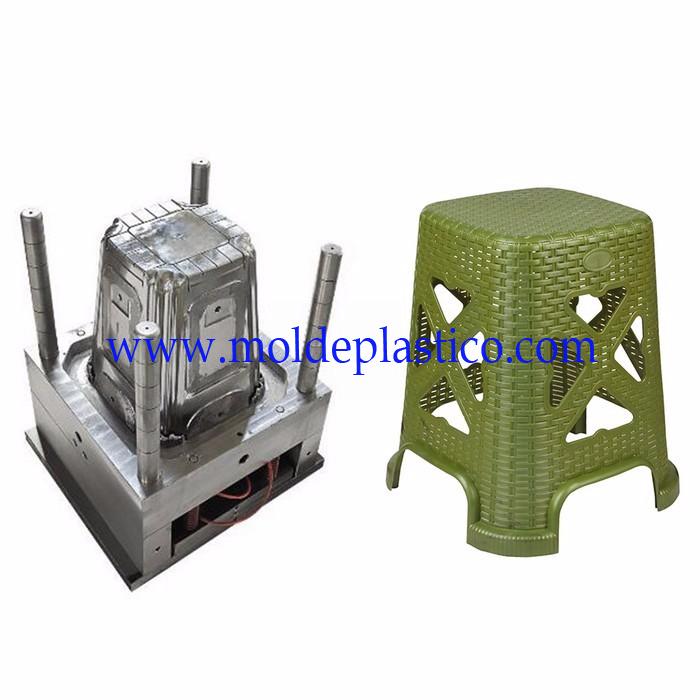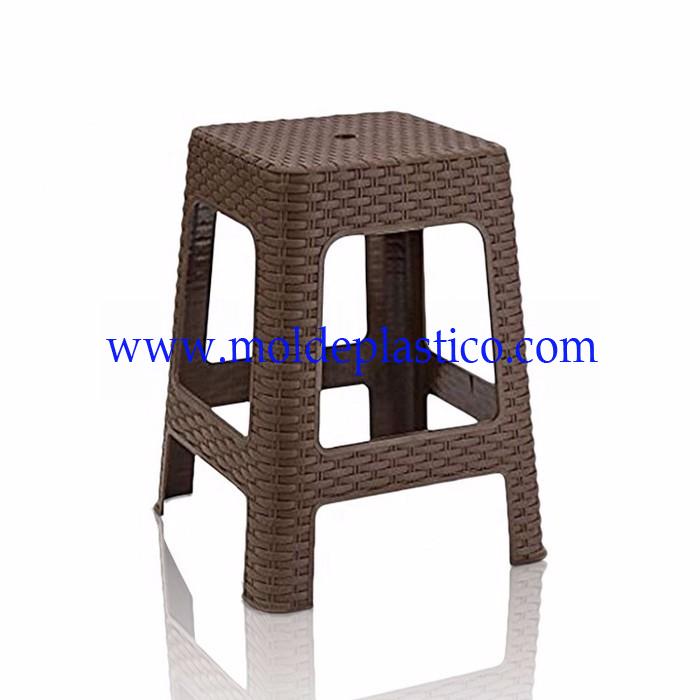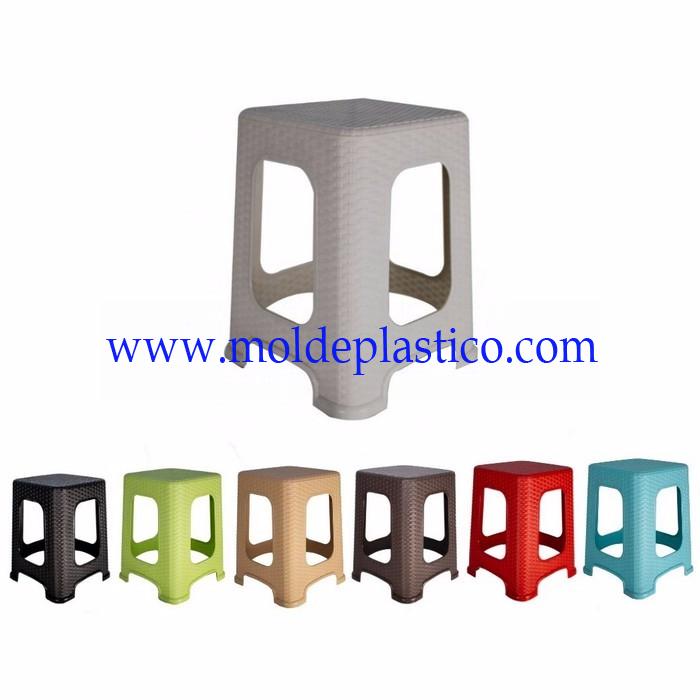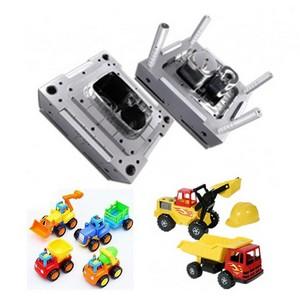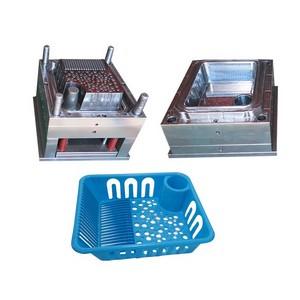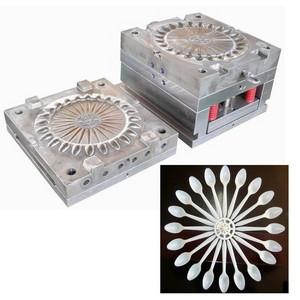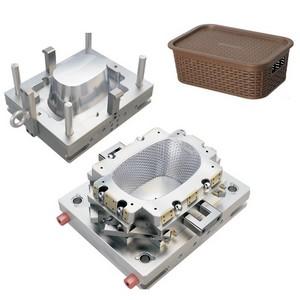Description
Our company’s ability to produce, manufacture, and distribute stool injection moulds at competitive prices meets the highest quality standards, and we are internationally competitive.
With this in mind, we provide a wide array of tooling, manufacturing, and shipment services to help make your stool injection moulds concept a reality.
Plastic stool mould
Cavity: 1
Hot runner: 1 drops with “HOTSET” heating coils
Plastic stool mould cavity steel: P20
Plastic stool mould core steel: P20
Plastic stool material: PP
Cycle time: 40 Secs
Delivery time: 45 days
There are several methods for avoiding or hiding the mismatch on stool mould:
1. Reduce the significant tolerances of cores and cavities, and on the dimensions affecting the alignment (elements) of the plastic stool mould. This can be very expensive but can (and should) be done with high quality mass production moulds to ensure that all products are as close as possible to the ideal shape and that the mold components are interchangeable.
2. Correct the plastic stool mould after it is completed and tested: the mismatching areas are blended by hand, by grinding the offending ridges. This is frequently done but not recommended because, in multi cavity moulds or where a number of identical moulds are used for the same product, each product, from each cavity, may be different .
3. Decide on which side a ridge would have the least disagreeable effect on the end user or on the performance of the product, and then dimension one side different from the other so that, in the worst possible case (all tolerances in the “bad direction), the piece still will be acceptable for its intended use. In this ease, the half-round recess in the stripper is intentionally slightly smaller than the thickness of the rim. With all tolerances in the “ideal” direction, there will be a minimal ridge. With all tolerances adding in the bad direction, the step of the ridge will be the sum of the tolerances but still is acceptable. In the case of a round container, the dimensions affected are the diameters of the rim in the cavity, the core, and/or the stripper ring.
Similar methods are used to avoid any parting line mismatch, regardless of the plastic stool of the parting line: round, oval, rectangular, irregular, or offset.
The more difficult challenge is to foresee where mismatch can occur,and to determine how to dimension the product.
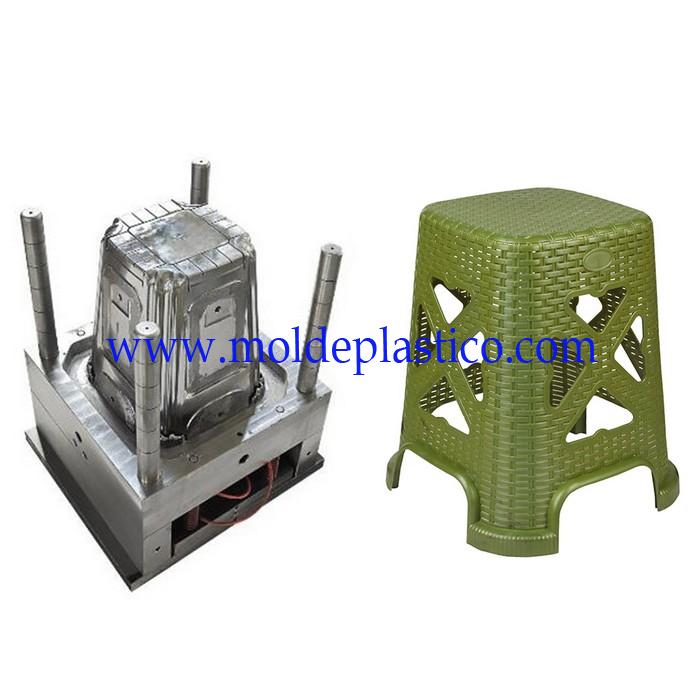
 English
English Español
Español Português
Português